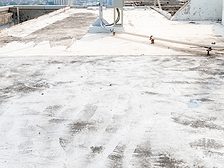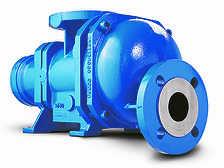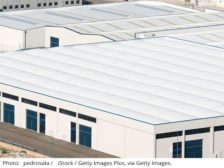Featured on Home Page
Binder Transfer in Paints and Coatings
Sealless Eccentric Disc Pump Provides Low Shear, CIP and High Volumetric Efficiency for Binder Transfer Applications
Read More
Keep the info flowing with our eNewsletters!
Get the latest industry updates tailored your way.
JOIN TODAY!Copyright ©2025. All Rights Reserved BNP Media.
Design, CMS, Hosting & Web Development :: ePublishing










